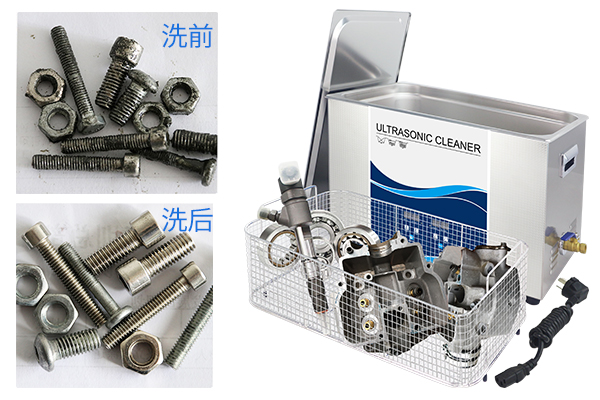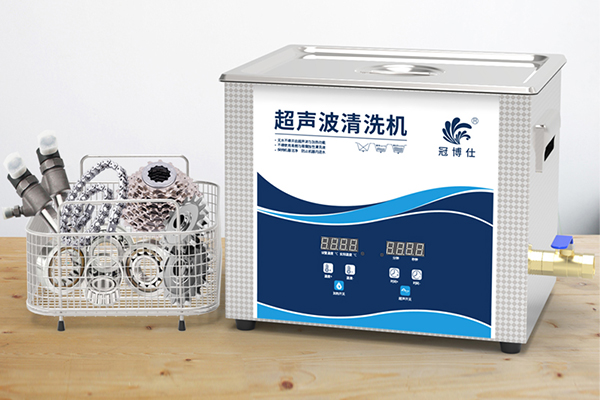Ultrasonic cleaning machine oil removal effect mainly depends on the oil removal temperature, oil removal time, ultrasonic effect and oil removal agent quality four factors.

1、Oil removal temperature
Generally speaking, the higher the temperature, the better the effect of oil removal. High temperature will reduce the viscosity of oily dirt and accelerate the chemical reaction of saponification and surfactant penetration, emulsification and dispersion. But not in all cases, the higher the temperature, the better. All kinds of degreasing agents have their own suitable temperature range. Too high a temperature will lead to some of the surfactants in the degreasing agent precipitation and accumulation and adhesion on the cleaned surface caused by uneven frosting of the phosphate layer.
2、Degreasing time
Must ensure sufficient time for oil removal, oil dirty must increase the contact time of oil removal fluid and oil. But in the high-speed assembly line, oil removal time is often not allowed too long.
3、Ultrasonic effect
The use of ultrasonic cleaning machine to remove oil, ultrasonic cleaning machine principle is mainly through the “cavitation effect”, generating tiny bubbles, constantly close and burst, so that the object on the stain falls. To achieve the cleaning effect, and “cavitation effect” will affect the performance of the machine, the performance of the machine determines the cleaning effect.
4、The quality of degreasing agent
The composition and variety of degreasing agents have a great influence on the effect of degreasing agents. For example, the alkaline degreaser containing surfactants has better degreasing effect than the alkaline degreaser alone. Therefore, it should be determined according to the material of the cleaned object (steel plate, galvanized plate, aluminum, etc.), the nature of oil, treatment method, etc. The correct selection method of degreasing agent and the compatibility with the next process are determined by experiment. During use, the degreasing agent is continuously consumed and must be replenished regularly to maintain the concentration.
In actual use, the above influencing factors must be carefully considered together so that all factors are controlled in a good state. But one cannot look at a problem in isolation. If limited by objective conditions, one can also make up for the deficiency of one factor by strengthening other factors.



